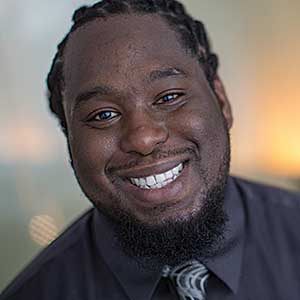The Power of Education

Our Goal
Educate leaders who can advance the public’s health by furthering the excellence of our existing programs and extending our reach beyond the walls of our School.
To prepare the next generation of researchers and professionals, we proposed to 1) evolve our research-focused education to better prepare our graduates for interdisciplinary, team-based scientific discovery and implementation; 2) enrich our practice-focused education by ensuring students have the knowledge, skills, and tools to work across sectors and tackle multifaceted global public health challenges; 3) enhance our career services and professional development opportunities to prepare our students for academic and nonacademic positions across sectors; 4) extend the reach and accessibility of our educational programs by investing in flexible teaching and learning strategies that take advantage of digital technologies and new educational modalities; and 5) ensure a broad and inclusive community of learners by addressing the affordability of our education.
Reflections on the Changing Landscape
Who, what, and how we teach matters more today than ever before.
The pandemic reminds us that the population’s health is driven in large measure by social, cultural, economic, and environmental factors. Effective solutions must address these factors head-on. The pandemic has also taught us that while good science is critical, it isn’t enough. Tomorrow’s public health leaders must perfect the crosscutting skills of communication, effective decision-making, negotiation, change management, and advocacy.
The pandemic emphasized the need for flexibility as we shifted to all-virtual education in Spring 2020 and to hybrid experiences beginning in January 2021. Post-pandemic, some learners will want to learn in person on campus, others will prefer online learning, and others may be looking for a mix of both. With high-quality streaming technologies, including investment in classroom multimedia upgrades, we now have greater capability to bring our off-campus and on-campus learners together, extending our reach and supporting cross-sector, global-to-local learning.
To address our society’s underlying health inequities, we must train a diverse public health workforce that reflects the population we serve. This means we must broaden our recruitment efforts, emphasize a holistic review of applicants with less reliance on standardized testing scores, and offer more scholarships to those who cannot afford a graduate education. We also need to draw students from a range of professions. Educators, public safety professionals, engineers, housing officials, and others outside the traditional boundaries of public health will seed cross-sector collaborations that will achieve meaningful improvements in health and health equity.
Public health challenges are complex and multi-dimensional. Achieving transformative results requires profound knowledge, adaptability and the skills and willingness to collaborate.
David O. Fakunle, PhD ’18

